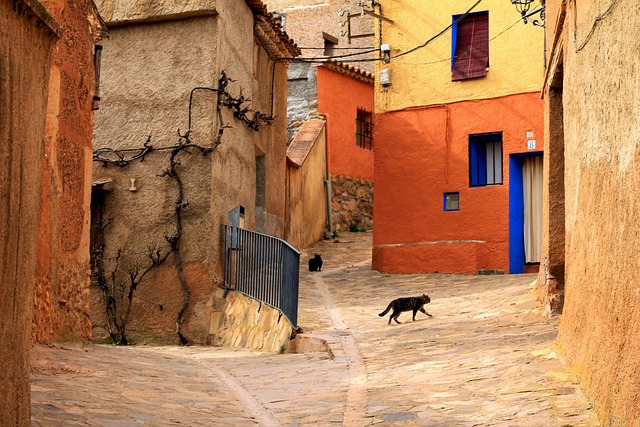Living in Extreme Weather: How Community Houses Are Adapting to Climate Change
As the climate crisis intensifies, the environments we inhabit are changing dramatically. From scorching heatwaves to unforgiving storms, extreme weather is becoming our new normal. In this reality, the concept of community houses emerges not just as a trend, but as a necessary evolution in how we live and support one another.
Community houses represent more than just roofs over our heads; they symbolize resilience in the face of climate change. These communal living spaces are designed to foster collaboration, sharing of resources, and supportive networks among residents. In the wake of extreme weather events, such as floods and hurricanes, having a strong community becomes a powerful asset. A group of individuals bound by a common purpose—weathering the storm, both literally and metaphorically—can provide emotional and practical support when external circumstances become overwhelming.
Redefining Architecture for the Environment
Architects and designers are increasingly addressing the climate crisis by rethinking how we construct community houses. Sustainable materials, energy-efficient designs, and innovative building techniques are shaping the future of these communal spaces. By incorporating green roofs, solar panels, and rainwater harvesting systems, community houses are reducing their carbon footprints while also preparing for extreme weather events.
Beyond physical structures, community houses often integrate communal gardens and open spaces that not only foster biodiversity but also support local food systems. These initiatives encourage residents to engage with their environments, promoting stewardship and a deeper connection to the land. When everyone works together to cultivate a communal garden, they aren’t just growing food; they’re growing relationships and resilience.
A Hub for Preparedness and Adaptation
One of the most profound aspects of community houses is their role as centers for preparedness. They often serve as sideline shelters during extreme weather events. Having a designated place for community members to gather during crises ensures that no one is left behind. This sense of solidarity is crucial as the increasing unpredictability of our weather demands collective action and support.
Moreover, community houses can provide valuable resources and information about adapting to climate change. Through workshops and educational programs, residents can learn about emergency preparedness, sustainable practices, and ways to reduce their environmental impact. This knowledge empowers individuals and strengthens the community’s overall resilience.
The Social Fabric Stitched Together
The emotional toll of climate change cannot be overstated. The fear of losing our homes, our loved ones, and our way of life can weigh heavily on individuals. Community houses foster a sense of belonging and shared experience; they create a support network where people can express their concerns and collaborate on solutions. In an ever-changing environment, knowing that others are navigating the same challenges makes a significant difference.
The interplay of environmental change and human connection is at the core of community houses. As we face extreme weather, it is essential to remember that we are all in this together. By building and nurturing these communal spaces, we pave the way for a more sustainable, resilient future where individuals can face the storms of life—with their neighbors by their side.




